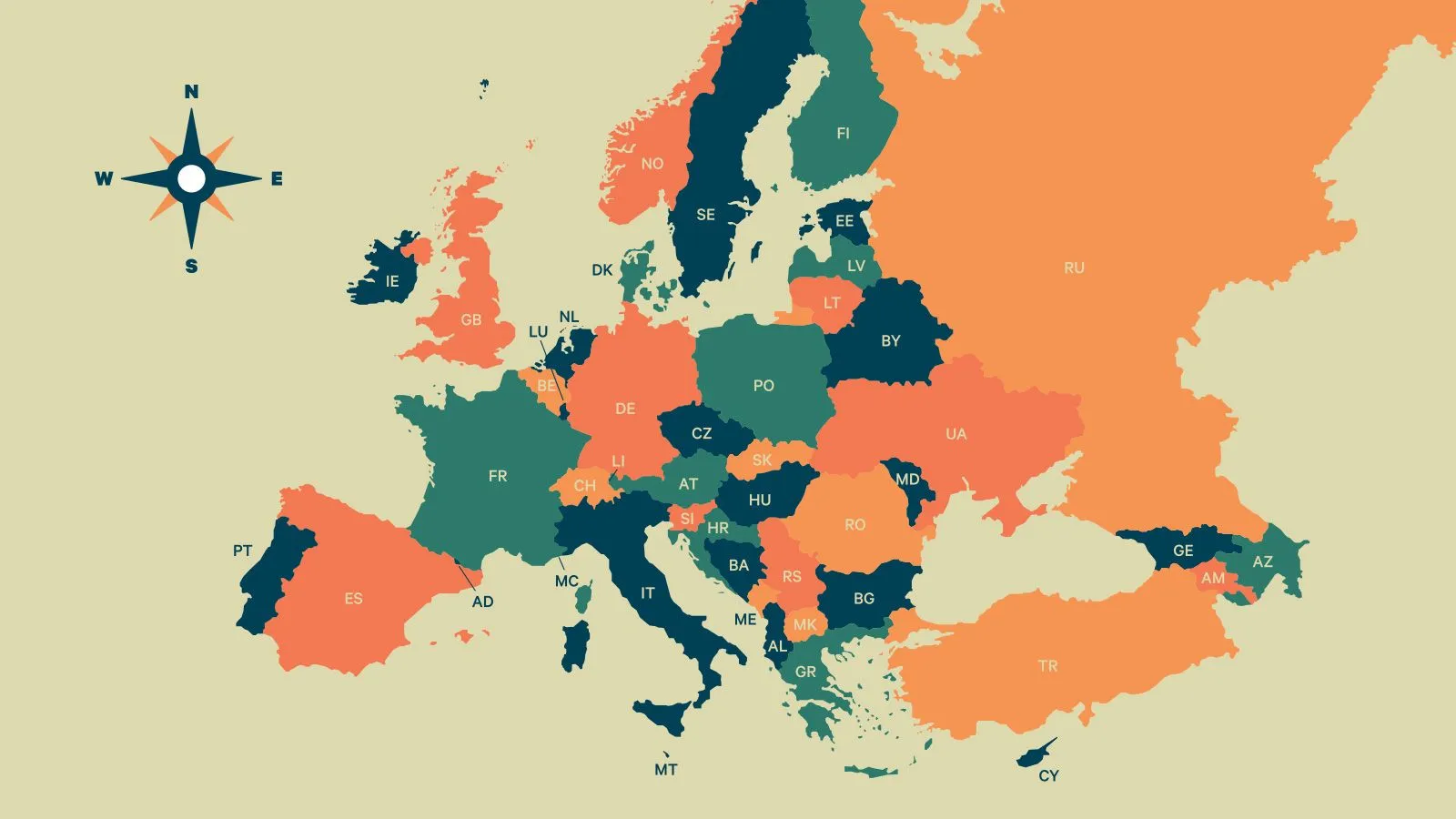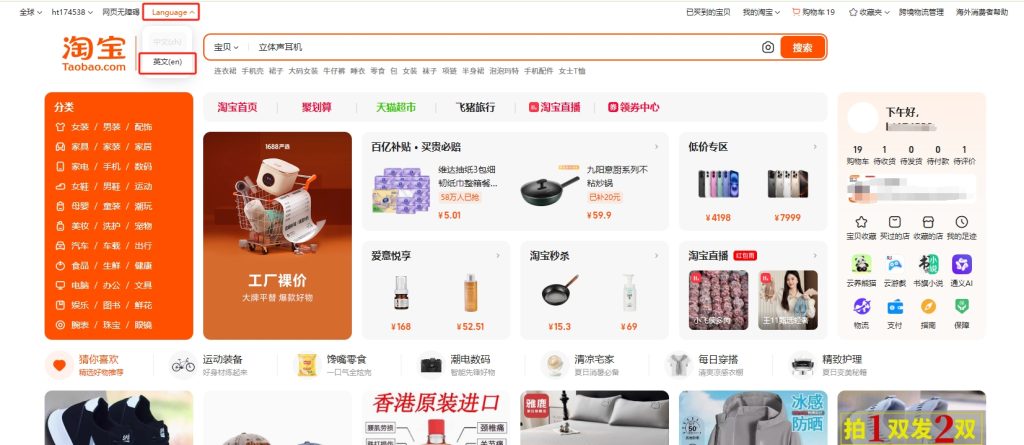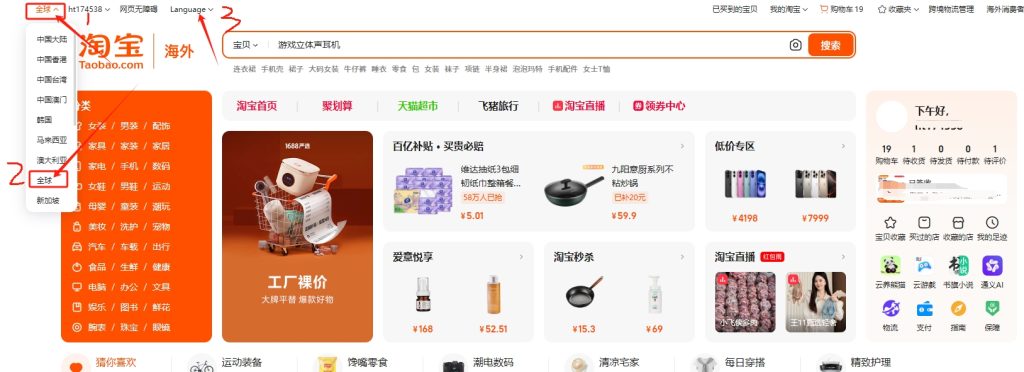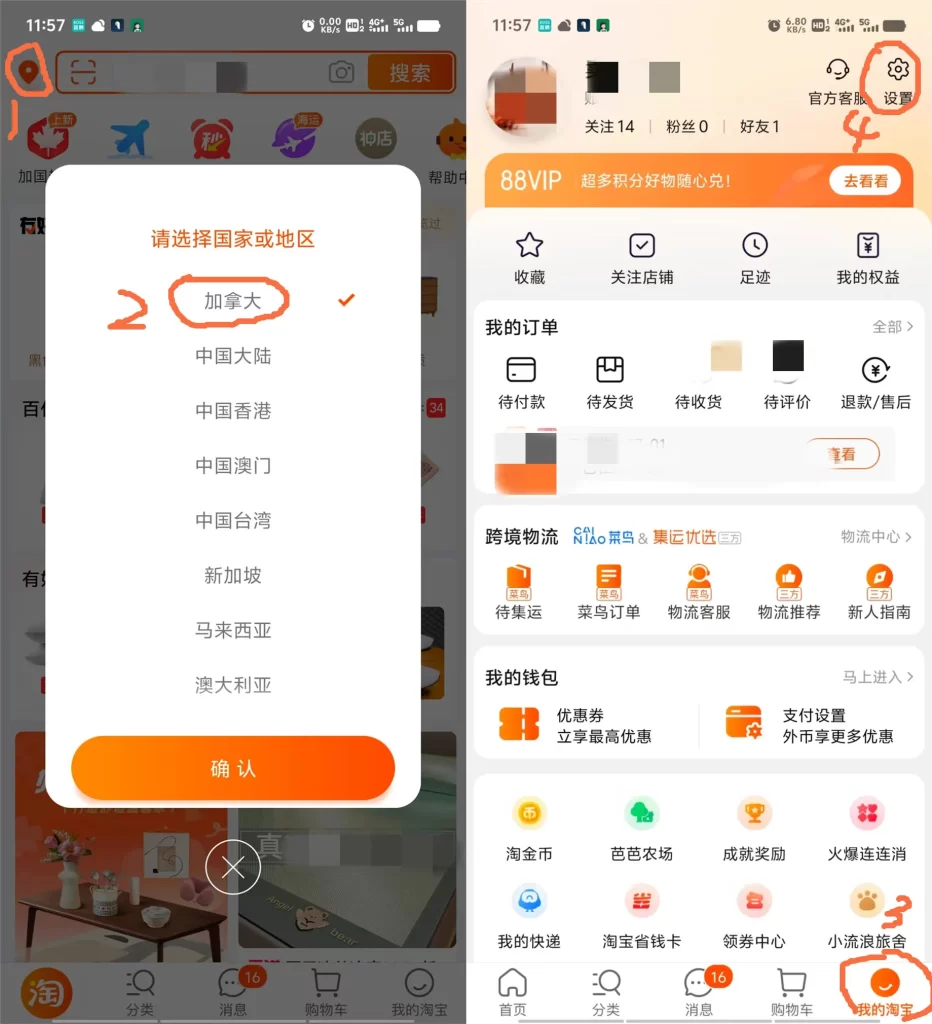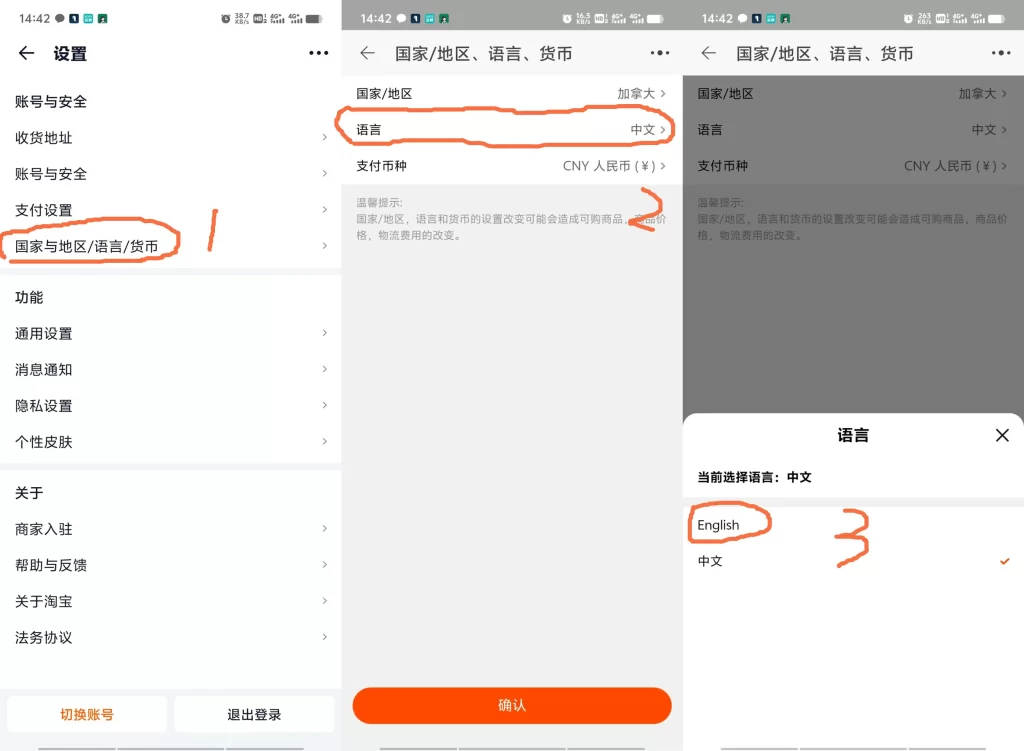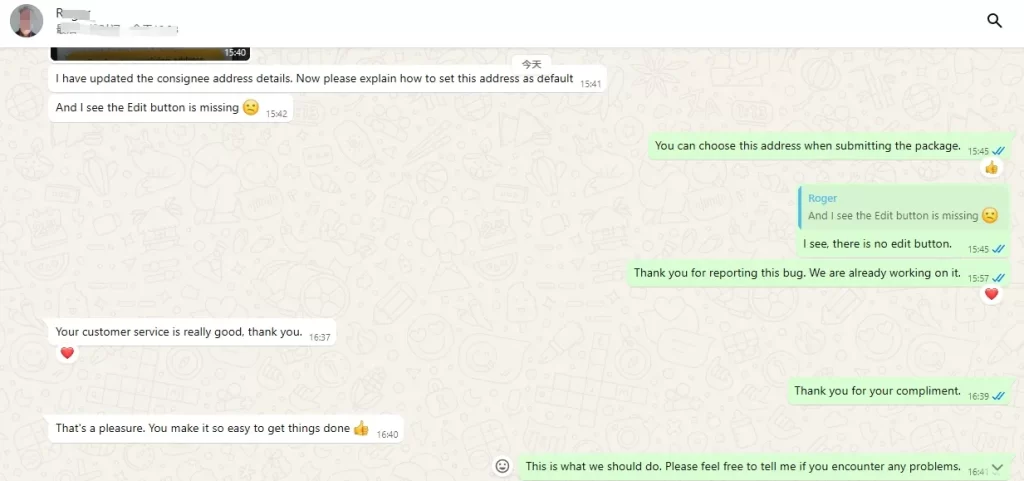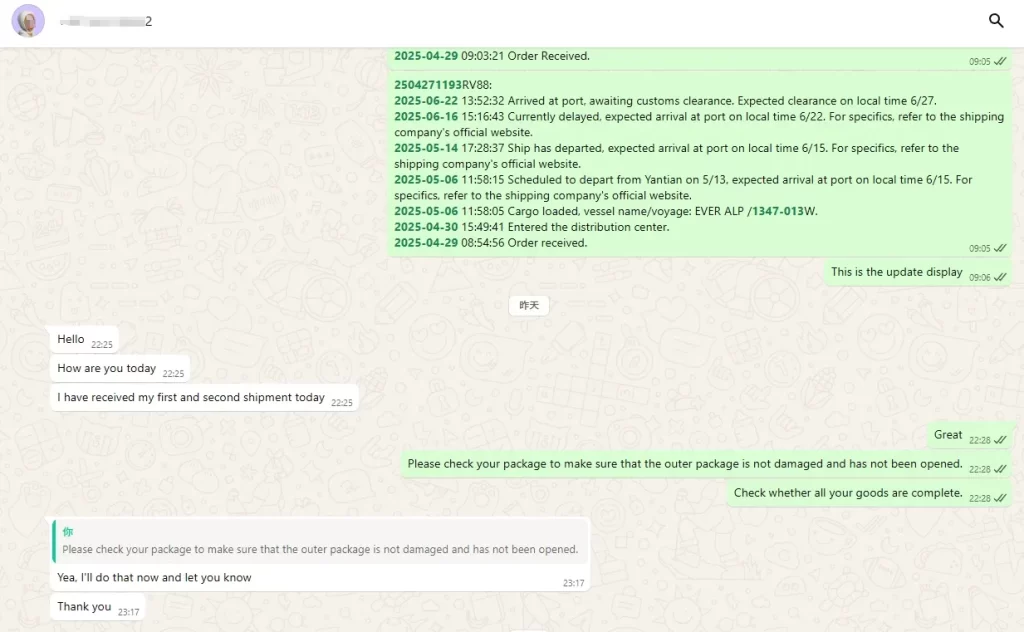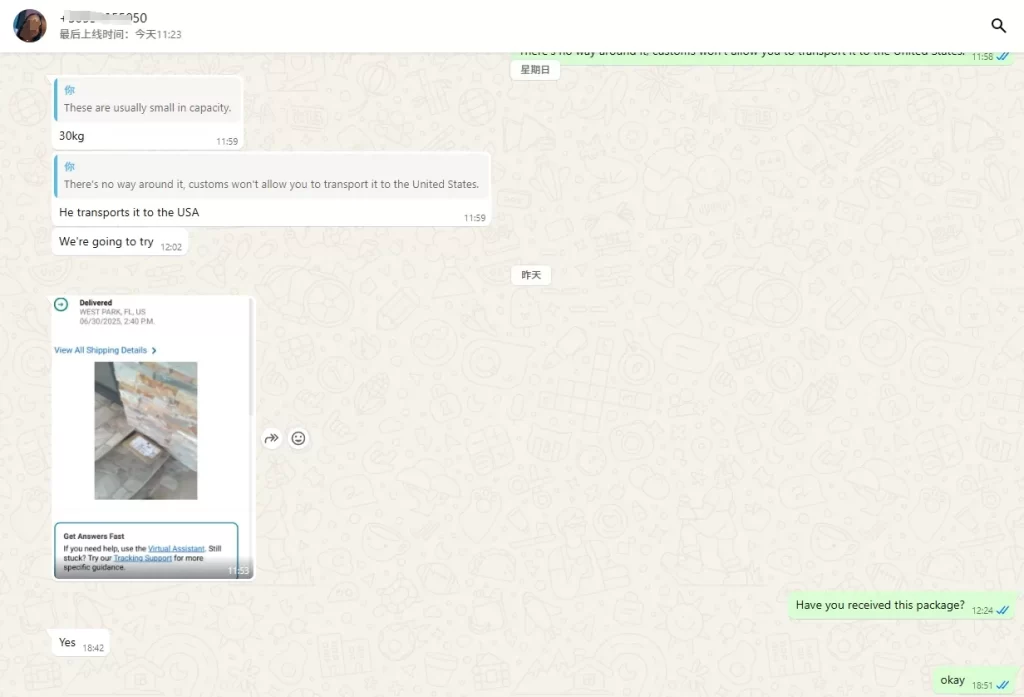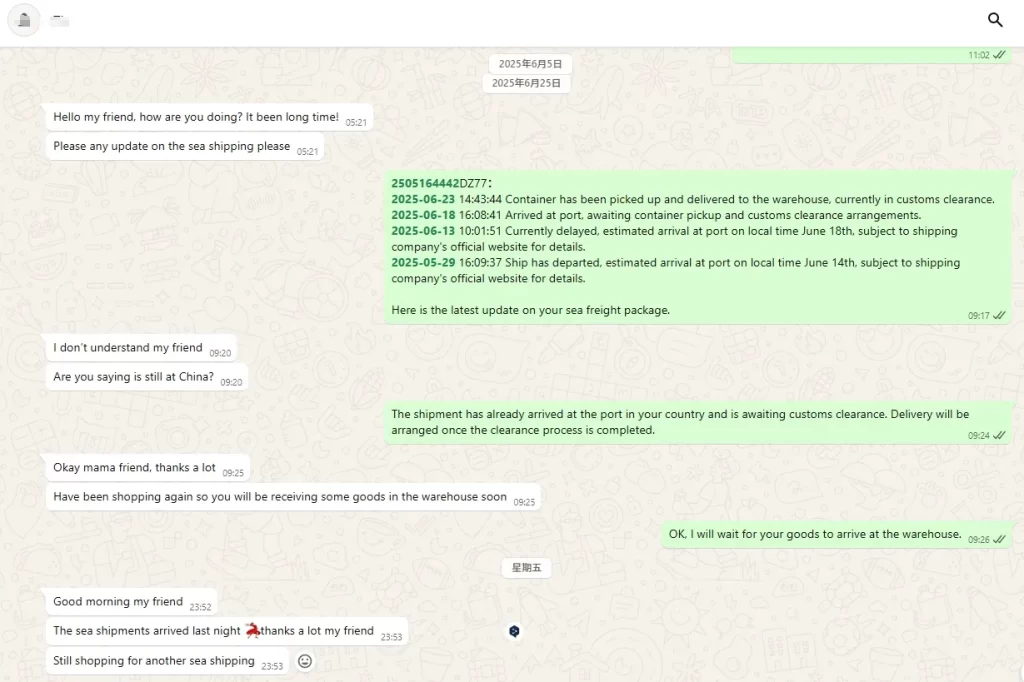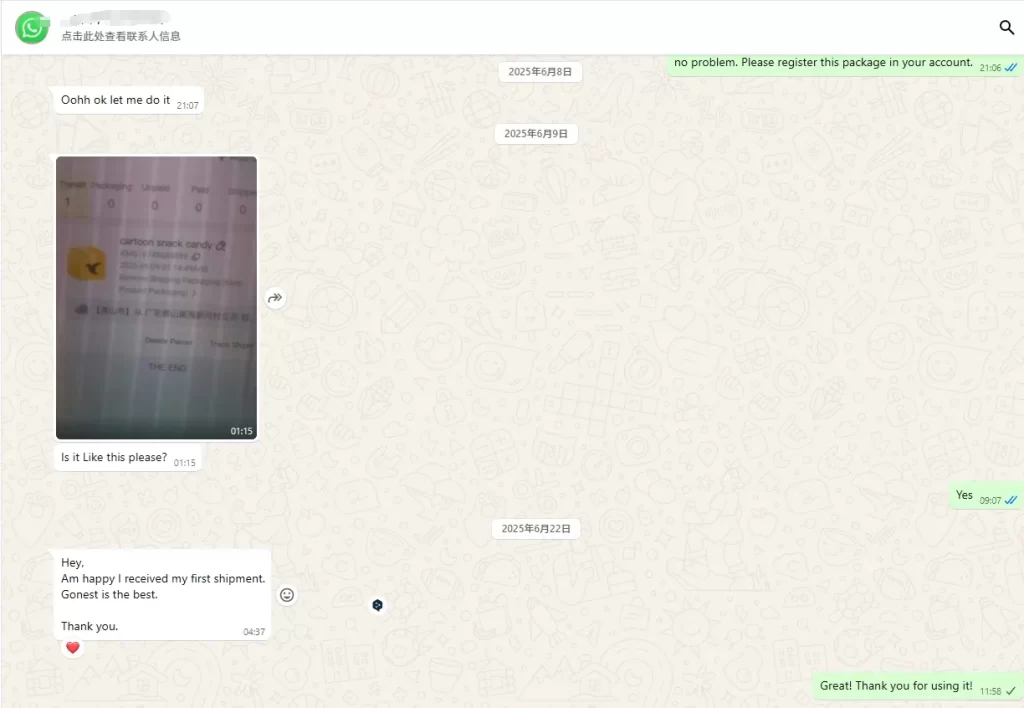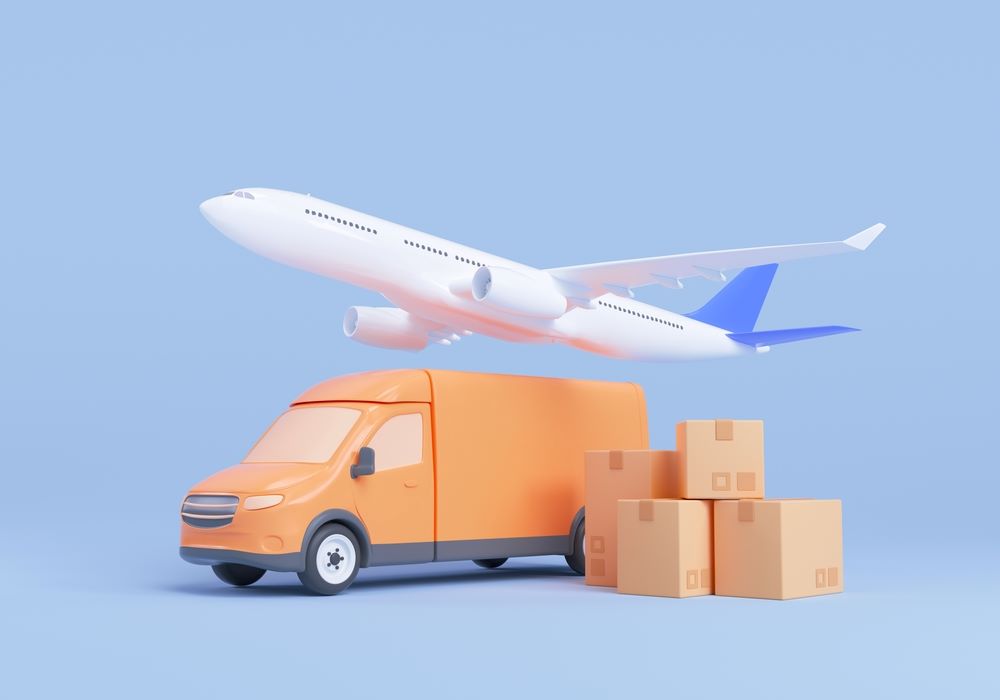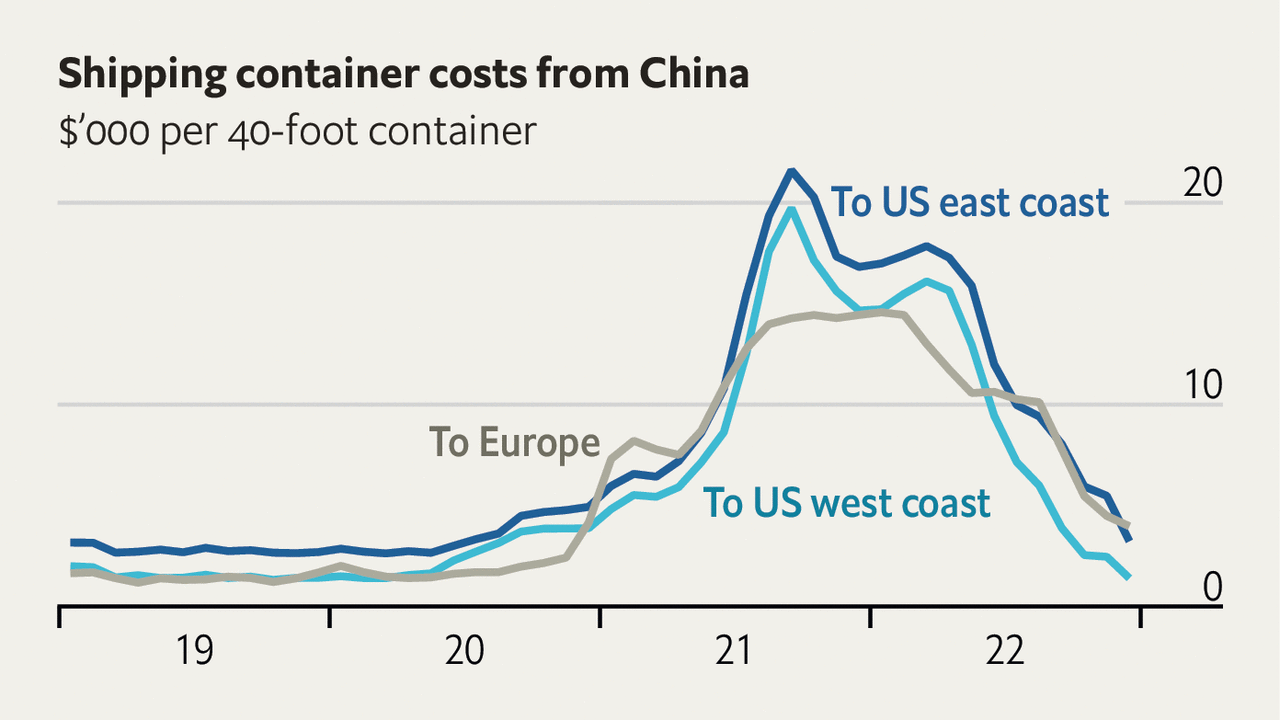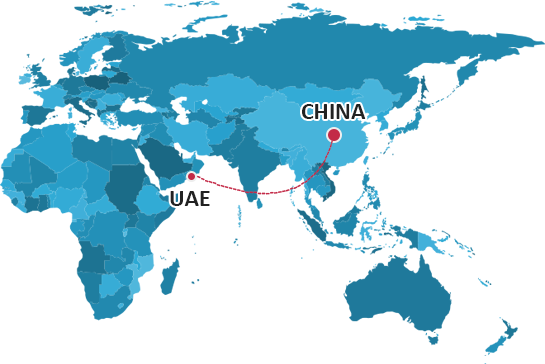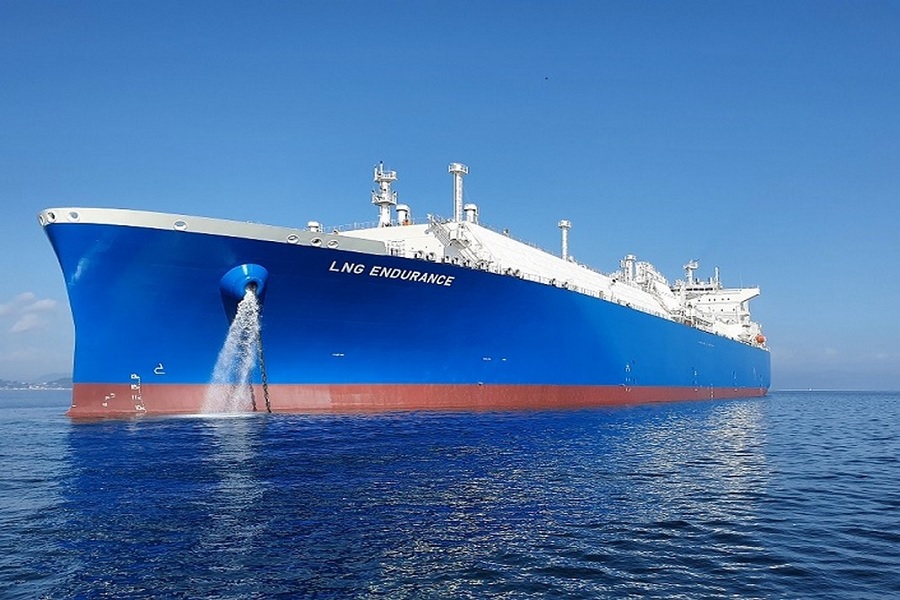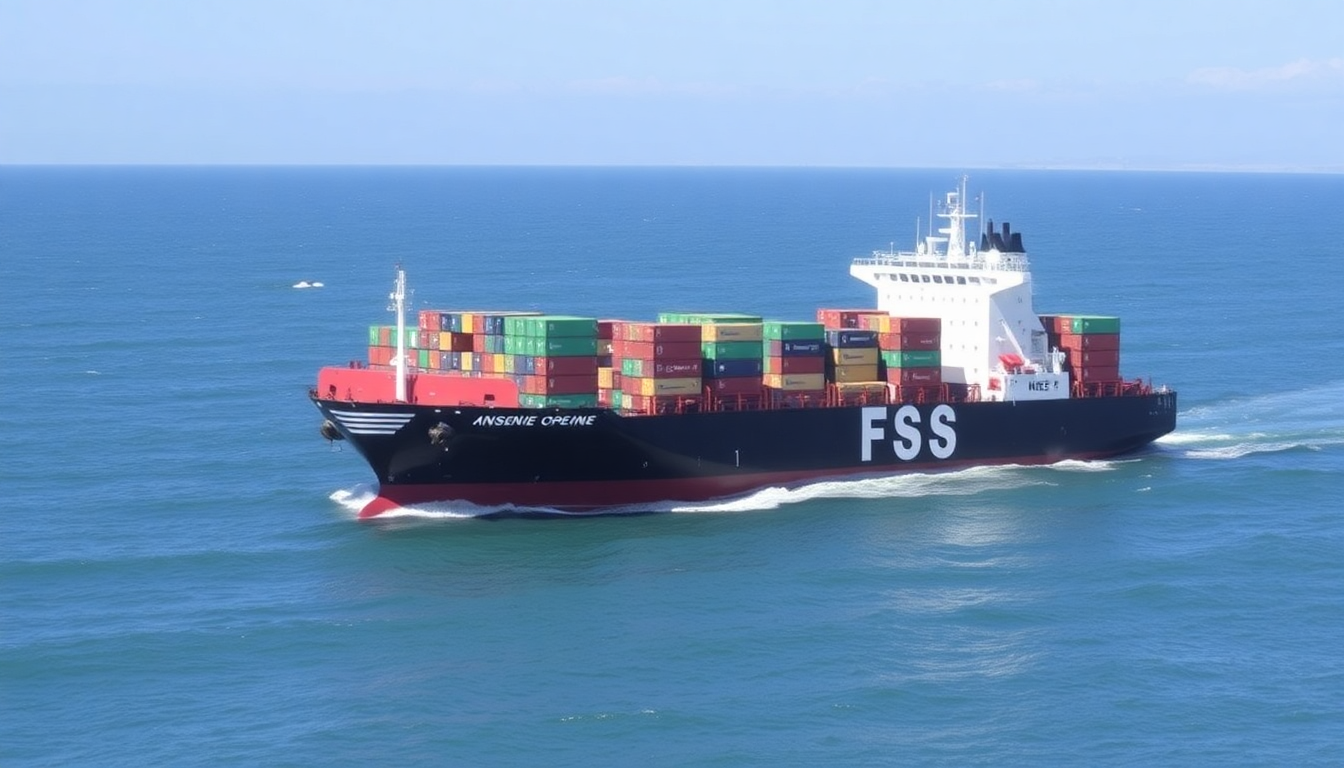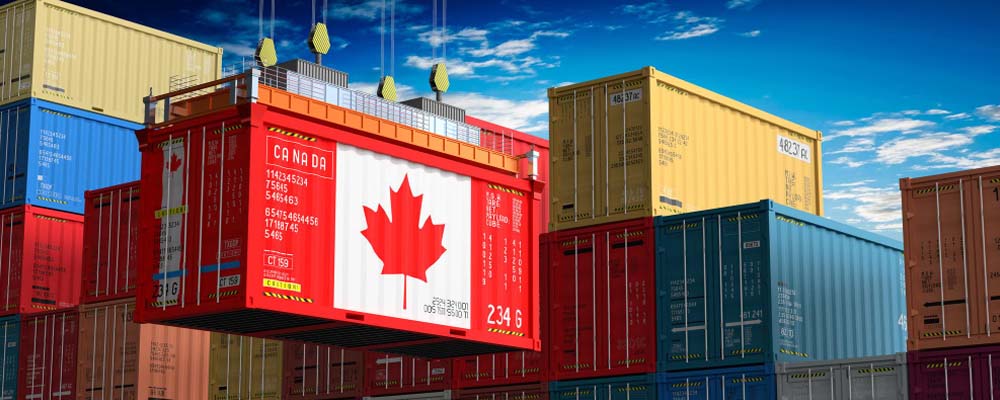GoNest Shipping to Europe: Prices, Customs, and Delivery Time
The first time I shipped products from China to Europe, I underestimated two things: how complicated European customs can be — and how expensive it is to get a package past them. A 2kg parcel to Germany cost me over €50, and I still had to pay duties on arrival.
That’s when I started looking for better logistics solutions, and that’s how I found GoNest.
For anyone shipping to Europe — whether you’re a private buyer in Spain, a reseller in France, or a business sourcing from China — the key is to balance delivery speed, customs handling, and price transparency. Here’s how GoNest does exactly that.
Why Europe Is a Tough but Valuable Shipping Destination
The EU is one of the world’s largest consumer markets, but it also has:
- Strict customs enforcement
- High VAT and import taxes
- Different rules for different countries (especially for branded goods and electronics)
If you’ve ever had a parcel stuck in customs in Italy or France, you know how frustrating it can be. That’s why having a DDP (Delivered Duty Paid) shipping line is no longer optional — it’s essential.
GoNest Shipping Options to Europe (With EUR Pricing)
GoNest offers three dedicated air freight lines to Europe, all with:
- Free insurance
- DDP service (duties + VAT prepaid)
- Door-to-door delivery
- Average delivery time: 8–15 days
1. Europe Air General Cargo Line
Best for: Standard items, small parcels, lightweight non-branded products.
| Weight | RMB | EUR (Approx) |
|---|---|---|
| Base (0.5kg) | ¥135 | €17.55 |
| Additional (per 0.5kg) | ¥40 | €5.20 |
| 1.0kg Total | ¥157.50 | €20.48 |
| Original Price | ¥175 | €22.75 |
2. Europe Air Freight Line [Non-Volumetric 12000]
Best for: Light but bulky parcels (clothing, shoes, plush toys), since it waives volumetric weight.
| Weight | RMB | EUR (Approx) |
|---|---|---|
| Base (0.5kg) | ¥150 | €19.50 |
| Additional (per 0.5kg) | ¥45 | €5.85 |
| 1.0kg Total | ¥175.50 | €22.82 |
| Original Price | ¥195 | €25.35 |
3. Europe Air Special Cargo Line
Best for: “Sensitive goods” such as cosmetics, batteries, brand-name items that are often restricted on regular lines.
| Weight | RMB | EUR (Approx) |
|---|---|---|
| Base (0.5kg) | ¥135 | €17.55 |
| Additional (per 0.5kg) | ¥42.50 | €5.52 |
| 1.0kg Total | ¥159.75 | €20.77 |
| Original Price | ¥177.50 | €23.08 |
How GoNest Handles Customs for Europe
Unlike traditional couriers that leave you to deal with customs clearance, GoNest’s DDP service means:
- No surprise VAT bills
- No delays from incomplete paperwork
- No seizures due to undeclared brand names
Whether you’re shipping to Germany, France, Italy, the Netherlands or Spain, GoNest prepares accurate documentation, shields brand identifiers (if needed), and ensures packages pass through customs smoothly.
What Real Users Are Saying
A reseller in Belgium told us:
“I used to lose 20–30% of my profit just on customs fees and return packages. Now with GoNest’s EU DDP line, everything is declared correctly and my customers get their parcels on time — no questions asked.”
How to Start Shipping to Europe with GoNest
Step 1: Register and Get a Warehouse Address
Create a GoNest account and get your dedicated China warehouse address with customer ID.
Step 2: Shop or Consolidate
Use Chinese platforms like Taobao, 1688, or JD.com to buy products. Send them directly to your GoNest warehouse.
Step 3: Declare Your Shipment
Log in to your GoNest dashboard and fill in:
- Receiver info (EU address)
- Product details
- Value, category, any brand markings
Step 4: Choose the Right Line
Pick between General, Non-Volumetric, or Special Cargo depending on your item type. You’ll get a real-time quote and estimated delivery window.
Step 5: Confirm & Pay
Once packed and confirmed, pay the shipping cost — and GoNest takes it from there.
GET IN TOUCH
Let us Send You a Quote
Final Thoughts
Shipping to Europe doesn’t have to mean overpaying or getting stuck in customs red tape. With GoNest’s smart shipping lines, you get:
- Predictable pricing
- Pre-cleared customs
- Smooth delivery
- Specialized service for sensitive and cross-border eCommerce goods
In 2025, the smartest sellers aren’t just looking for the cheapest courier — they’re partnering with platforms like GoNest to navigate the new logistics landscape.
If you’re sending goods to Europe from China, GoNest isn’t just an option — it’s your competitive advantage.
